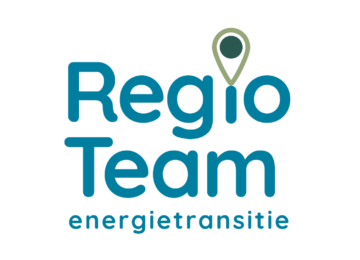EPBD IV and Energy Storage: European directive takes next step in energy transition of buildings
The fourth version of the European Energy Performance of Buildings Directive (EPBD IV), officially adopted in April 2024, heralds a new phase for the sustainability of buildings in Europe. As of May 2026, the Netherlands must have fully incorporated this revised directive into national regulations, including the Building Works Decree (Bbl), the Quality of the Living Environment Decree (Bkl), and the Environmental Regulations. The implementation places specific emphasis on electricity and heat storage as an integral part of technical building systems, with substantial implications for both non-residential and residential construction. The changes are detailed in the Draft regulation amending the Building Works Environment Decree, published via internet consultation (July 2025)
What is EPBD IV?
EPBD IV is part of the European Green Deal program and is legally enshrined in Directive (EU) 2024/1275. It includes a stronger emphasis on renewable energy, systems integration, digitalization of installations and the role of storage. In the revised Environmental regulation explicit reference is made to the latest version of the determination method (NTA 8800:2026), which technically translates the directive into Dutch legislation.
Article 13 of the EPBD expands the definition of technical building systems out with "on-site energy storage." This means that starting in 2026, batteries, thermal buffers and other forms of storage will be formally included in energy performance requirements. While this does not create direct regulatory pressure effects for building operators, it does pave the way for structural recognition of storage as a building system component.
What will change?
A fundamental change in EPBD IV is the explicit inclusion of "on-site energy storage" as part of the definition of engineered building systems. This means that energy storage - including thermal storage - is now legally recognized as a crucial component in the design, renovation and management of buildings.
One of the most concrete and relevant changes lies in the energy performance calculation itself. The EPBD IV requires member states to include the positive impact of storage on building performance to be recognized. Annex I, section 5 (e and f) of the Directive explicitly mentions storage as a factor to be considered in determining energy performance.
Until 2030, this is done pragmatically in the Netherlands: because the current indicator - primary fossil energy use - cannot properly deal with storage (since all self-generated electricity is already subtracted from energy use), an alternative approach is applied. Buildings that have a certain minimum capacity of storage receive up to about 2% improvement in their energy performance calculation granted. In doing so, the regulations encourage proactive investment in storage capacity without the need for a complex calculation system.
Heat storage in building automation systems
EPBD IV goes beyond energy performance. Revised Articles 3.145a and 4.160g of the Bbl explicitly link storage and building automation systems (GACS). These systems must not only monitor energy efficiency, but also be able to control the "generation, distribution, storage and use of energy." This includes water-side control of heating and cooling, as well as the ability to respond to external signals - such as grid load or price incentives.
For residential construction, this means that installations will eventually be increasingly equipped with sensors, data analytics and control functionality that maximize storage capabilities. The monitoring and responsive nature of GACS makes seasonal storage, hybrid heat systems and demand response within reach.
Implementation: obligations, incentives and transitional law
Although many changes from the EPBD IV become legally binding through the Bbl and Bkl, installers and building owners are given until 2030 to gain experience with the new requirements without direct penalties. The valuation of storage is encouraged policy-wise during this transition period, but not yet fully embedded in the energy indicators. This gives room for innovation and scale-up in the market for storage technologies.
At the same time, requirements are already being placed on the design of new buildings: they must be designed in such a way that solar energy can be optimally utilized, and storage can be cost-effectively integrated. Requirements for the generation and use of renewable energy, with storage as a partial solution, are also in place in existing buildings over 500 m² for which a major renovation is taking place
In conclusion
EPBD IV marks a turning point for the role of energy storage - particularly thermal storage - in the built environment. The technical and legal recognition of storage as an essential part of the energy system presents enormous opportunities for developers, installers and energy consultants. Combined with building automation and renewable generation, it creates a layered and flexible system in which storage acts as a pivot between comfort, sustainability and system stability.
Energy Storage NL welcomes these developments and emphasizes the importance of a dynamic and realistic implementation. This is the only way to translate the ambitions of the Climate Accord and the European Green Deal into tangible innovation at the building level.
Latest News
 News
News
Response from the regional energy transition team to the draft policy on large-scale battery storage in Flevoland
December 23, 2025 News
News
Compliment of the month: Provincial Council of Gelderland
December 18, 2025 News
News


